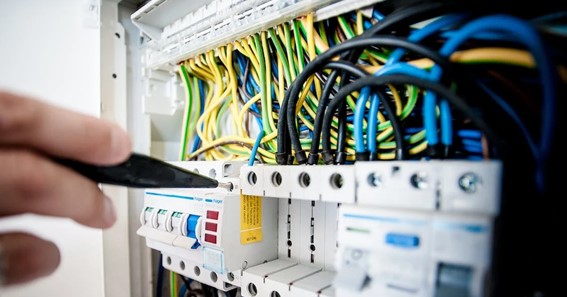Fiber optic cables are special cables that utilize light pulses to convey information rather than electrical signals. Their utilization has skyrocketed across sectors and applications recently because of their speed and dependability.
Who Makes Use of Cables Made of Fiber Optic?
If the question who uses fiber optic cables? comes into your mind, carry on reading you will know the answer.
Telecommunications Industry
The telecommunications sector is one of the most significant consumers of fiber optic cables today. Fiber optic cables transmit long-distance voice, video, and data information. They can carry data at far greater rates than typical copper cables, making them especially suitable for long-distance communications.
Internet Service Providers
Fiber optic cables are another method internet service providers use to bring high-speed Internet to homes and businesses. Internet connections made possible by fiber optic cables are both quicker and more dependable. This feature is especially beneficial to commercial enterprises wholly dependent on the Internet.
Healthcare Industry
In addition, the medical field has begun implementing fiber optic cables for several functions, such as transmitting medical pictures and data. Because of their speed and dependability, fiber optic cables are especially advantageous for medical usage, making them an ideal medium for transmitting enormous volumes of data.
Military and Defense
Fiber optic cables are also used for many functions within the military and defense sectors, including data transfer and communication. Fiber optic cables are very helpful in military applications because of their ability to swiftly and securely transport data, which is crucial for conducting military operations.
Broadcasting and Entertainment
Fiber optic cables carry audio and video information in the broadcasting and entertainment sectors. Traditional copper cables need to match the speed and dependability of fiber optic cables for transmitting these messages.
What are They?
Core
The core is the center portion of a fiber optic cable through which light is transmitted. Glass or plastic is used to create this very thin material (whose thickness is measured in microns). The center is designed to transmit the light signal across great distances with little attenuation.
Cladding
Glass or plastic is used to make the cladding, a protective coating around the central component. Its main job is to prevent light from leaking from the cable by reflecting it into the core. As a result, the integrity of the light signal is preserved, and data loss is avoided.
Buffer Coating
The buffer coating is an additional protection layer applied on top of the cladding. It is often constructed out of a tough and long-lasting material like Kevlar, which helps shield the sensitive fibers inside the cable from being damaged.
Benefits of Using Fiber Optic Cables
High Bandwidth
Fiber optic cables’ high bandwidth is one of their primary benefits. Compared to fiber optic connections, traditional copper wires have a very low capacity for data transmission. This makes them perfect for data-heavy activities like online gaming and video streaming. Fiber optic connections allow for increased data transfer rates and visual quality, making them ideal for streaming online videos.
Long Distance Transmission
The capacity of fiber optic cables to transport data over great distances with little signal degradation is another benefit. The inability to transfer data with traditional copper wires over great distances is due to signal attenuation. Nevertheless, fiber optic connections can send information far greater distances without degradation. That’s why they’re so well-suited to use in communications and other long-distance fields.
Resistance to Interference
Unlike copper lines, fiber optic cables are unaffected by electromagnetic interference. This is because data sent across fiber optic cables are light, which electromagnetic noise cannot disrupt. Because of this, fiber optic cables are more sturdy and resistant to signal loss than their copper counterparts. Also, fiber optic connections are less vulnerable to electrical and electromagnetic interference from lightning and power surges.
Conclusion
In conclusion, fiber optic cables are a special kind of cable that utilize light pulses to convey information rather than electrical signals. Telecommunications, ISPs, healthcare, the armed forces, the media, and the entertainment industry are just some of the many places you may find them in use. Fiber optic connections are more secure and less vulnerable to interference than typical copper cables. They can also transmit data at considerably faster rates and across far greater distances. Fiber optic cables are widely used in many fields and contexts, but their use is expected to grow as technology develops.






